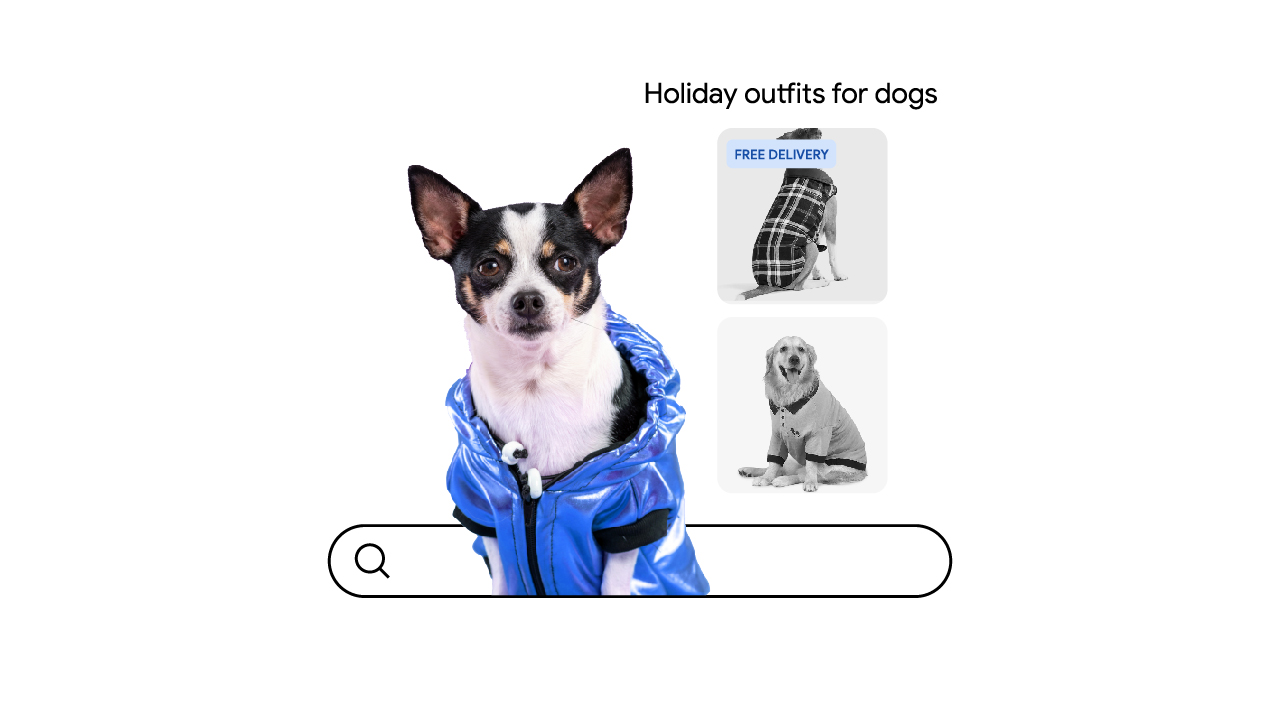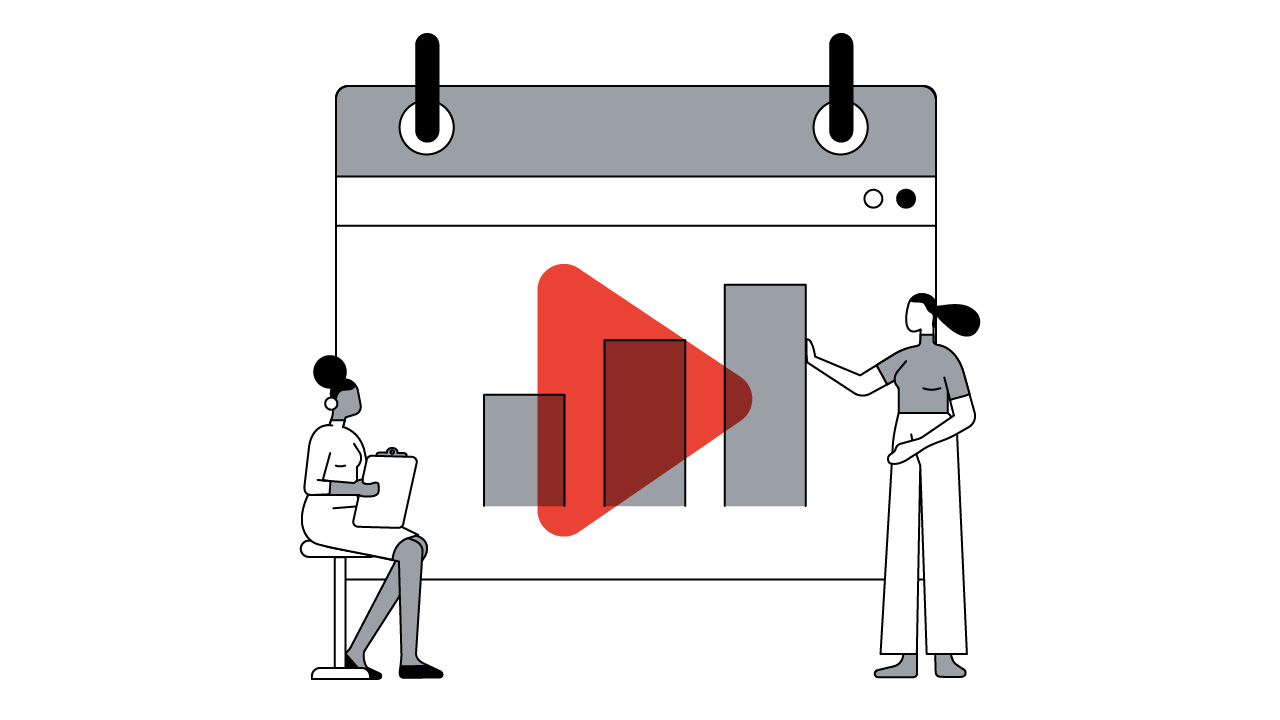As we embrace changing consumer habits toward digital in India, it’s important to look ahead to understand what these changes mean for brands, businesses, and industries.
According to Kantar ICUBE 2020, there was a 34% increase in over-the-top (OTT) users over the last one year.1 This increase was partially a result of the pandemic. It accelerated a shift toward digital video adoption — and away from traditional media — as a shortage of new programming in India during COVID-19 lockdowns led to primetime TV viewership shrinking by 13%. YouTube viewership, on the other hand, grew by 1.7X in rural areas and 1.1X in large and small towns alike.
With this rapid online adoption, share of digital video in 2021 is expected to grow to 15% almost two years ahead of earlier projections.

As viewers slowly move towards digital, we’re also noticing a shift in the traditional advertising mix as marketers redefine what they consider to be mainstream advertising channels. Last year saw a 17% growth in digital and OTT ad revenue, while there was a decline in traditional media such as print (-38%), radio (-50%), TV (-9%), and out-of-home (-49%).2
At the same time, consumers are turning to YouTube for content discovery, as seen in search interest for OTT platforms such as Netflix and Amazon Prime.3
In 2021, we expect a year of inflection, where combined advertising revenue from digital and OTT is expected to surpass the advertising revenue of TV for the first time.
To meet audiences where they’re now consuming their favorite shows and movies, more and more content — including Bollywood films — is being released directly to digital channels. As more people move to digital to satiate their TV show binge sessions, there is an opportunity for OTT media services and broadcasters who traditionally relied on out-of-home (OOH) and print to create impact to rethink how they launch and promote new content.
Here, we look at how three media services are choosing a YouTube-first strategy to reach consumers in their moments of content discovery.
Capturing new audiences through catch-up TV
Catch-up TV — content that is available on YouTube after its television broadcast — has become an important part of television viewing in India. Since 2018, YouTube has witnessed a 3X increase in search interest for catch-up TV programs such as “Kumkum Bhagya” (“Twist of Fate”) and “Kundali Bhagya” (“The Fate of our Stars”).
When Zee TV saw that its core audience — women over the age of 18 — were actively consuming content on YouTube, the broadcaster saw an opportunity to drive awareness for its new drama “Qurbaan Hua” (“Sacrificed”). The show was set to be broadcast at the popular 10 p.m. weekday slot, so Zee TV experimented with putting its marketing efforts into YouTube to try and differentiate itself from other shows marketing on traditional channels.
Gujarat was chosen as the first test market, as the region contributed heavily to the overall television rating point (TRP), as well as the brand’s reach goal. Zee TV partnered with Google to use the YouTube Masthead on a CPM basis and TrueView ads in the first week of the show’s launch to drive awareness among catch-up TV viewers on YouTube. Zee TV then remarketed to these viewers with a call-to-action to tune into the show’s 10 p.m. timeslot to drive audiences back to TV.
“Weeknights at 10 p.m. is an important slot for us, with high salience in the Gujarat market, so we wanted to penetrate the market with a high-impact reach plan. We chose to go with only one prime medium in Gujarat — YouTube, replacing other offline media such as outdoor, print, and radio — for driving better media efficiencies with a unique YouTube asset mix.” — Krithika Sriram, Head of Marketing, Zee TV
As a result, the campaign successfully increased its reach to female audiences by 80%, leading to a 15% increase in slot reach in Gujarat and a 12% increase in slot television rating points (TVR).

Using digital creativity to capture a critical mass
Word-of-mouth is sometimes the catalyst to creating buzz around new content, and marketers often strive to achieve similar sampling at scale for every TV show launch.
When MX Player, a video streaming and on-demand service, found itself launching a new show during a time when traditional channels of marketing were impacted by COVID-19, it focused on a digital-first approach via YouTube to try to achieve the same effective reach results seen by word-of-mouth while increasing viewership on the MX Player platform.
To launch the service’s new series “Aashram,” MX Player created over 30 digital video ads to connect with the show’s primary audience of males and females aged 18-30 in tier 2 and 3 towns and Metro cities.
The show about a preacher living in India’s hinterland had many characters to choose from, so MX Player could create a variety of creative assets around these characters that included big-bang trailers, teasers, show snippets, and character introductions to encourage more people from the series’ target audience to watch the show.
With so much content at their disposal, the MX Player team could create targeted campaigns to reach viewers in different contexts during the show’s release cycle. Working with Google, MX Player used TrueView In-Stream ads to tease audiences with a new trailer while also building additional awareness of the show.
To keep viewers interested and reach new audiences, the platform also used a mix of targeted short- and long-form in-stream and native ads to connect with viewers who had shown an interest in “Aashram” and similar series in the same genre.
To try and attract an even wider audience, MX Player released the show’s first episode in full on YouTube after it launched in October 2020, garnering 35 million organic views in the first two months. To keep this interest going, the platform released a number of digital video ads with a “watch now” call to action to drive viewers back to the MX Player platform.
The “Aashram” campaign saw unique reach of over 220 million at an average frequency of 4+ on YouTube while helping drive more than 1 billion views of the show on its platform. The show also achieved a 72% brand awareness lift along with a 3X increase in search interest.
“Digital video has become central to our show marketing strategy. We used a combination of YouTube and display video ads (DVA) products customized for different stages of the show release cycle, which helped us optimize for massive scale and impact with a healthy ROI in a very short period.” – Abhishek Joshi, Head of Marketing and Business Partnerships, MX Player

Meeting your audience as they look for new content
With YouTube viewership on the rise since COVID-19, YouTube Search has become an imperative touch point for people looking to discover new genres of content. For example, since 2018, YouTube search interest for “top hindi general entertainment content” has almost tripled.4
For the launch of its first premium show, “Your Honour,” SonyLIV decided to reach its audience where their new show discovery begins — using YouTube Search.
To reach people looking for similar genres of content, SonyLIV researched the most popular keywords based on the show and cast and captured them using TrueView Discovery on YouTube Search. It then used a three-step framework for its keyword strategy:
- Defend: Guarded its brand-generic keywords like “sony web series” and “sony liv new shows” from competitive bidding by ensuring high share of voice (SOV) on these terms
- Conquer: Ensured 100% impression share on brand keywords like “SonyLIV” or the web series name “Your Honour”
- Align: Targeting interest-based keywords to capture moments where fans were searching for the actor’s name, such as जिमी शेरगील (Jimmy Shergill) in both English and Hindi languages
SonyLIV further sharpened its approach after learning that 55% of consumers on YouTube prefer watching online video content in Hindi, so the platform decided to use Hindi-language keywords to further expand the keyword pool and gain higher visibility for the campaign.
By focusing on the moments its audience searched for new content, SonyLIV saw a 70%-lower cost-per-view and a 2.5X higher view-through rate against the benchmark.
“YouTube Search helped us capture key queries and reach out to our most relevant audiences. In addition, the format of YouTube Search, being 3X larger than organic listings, enhanced the visual appeal of the new brand identity of SonyLIV and 'Your Honour.'” — Aman Srivastava, Senior VP Marketing, SonyLIV

With more and more people moving to digital to consume content, YouTube is now becoming a primary channel to launch a new movie or series and help media platforms:
- Maximize awareness and engagement in the first week of content launch — the most critical stage of launch — by building rapid reach and frequency using full-funnel YouTube solutions.
- Create impact for core audiences and geographies using a variety of creative assets to reach users in different contexts throughout the show release cycle.
- Connect better with customers and drive sampling by customizing digital ads according to viewer interests and regional clusters, such as those who prefer to consume content in a local language, through YouTube Search keyword data.







